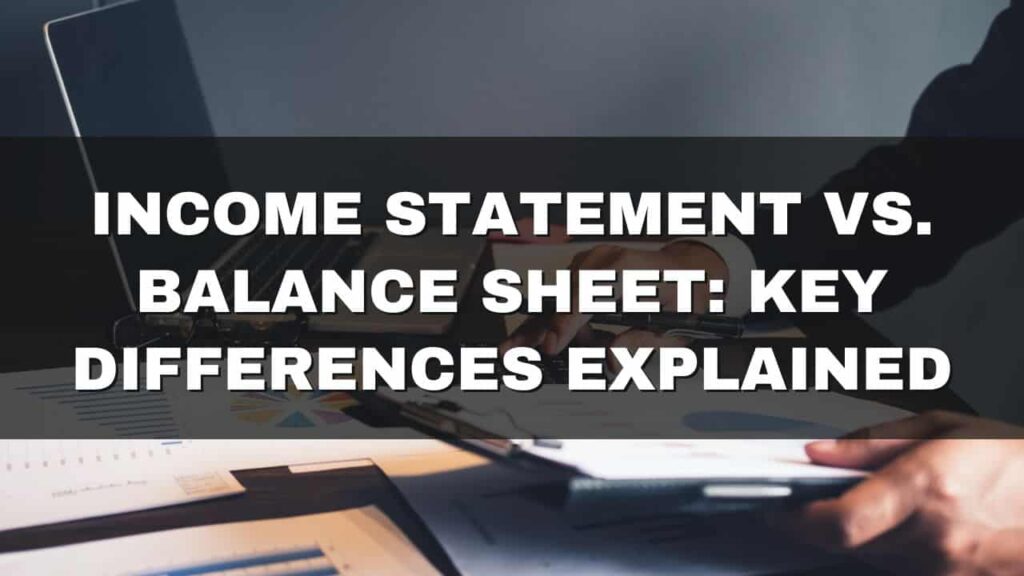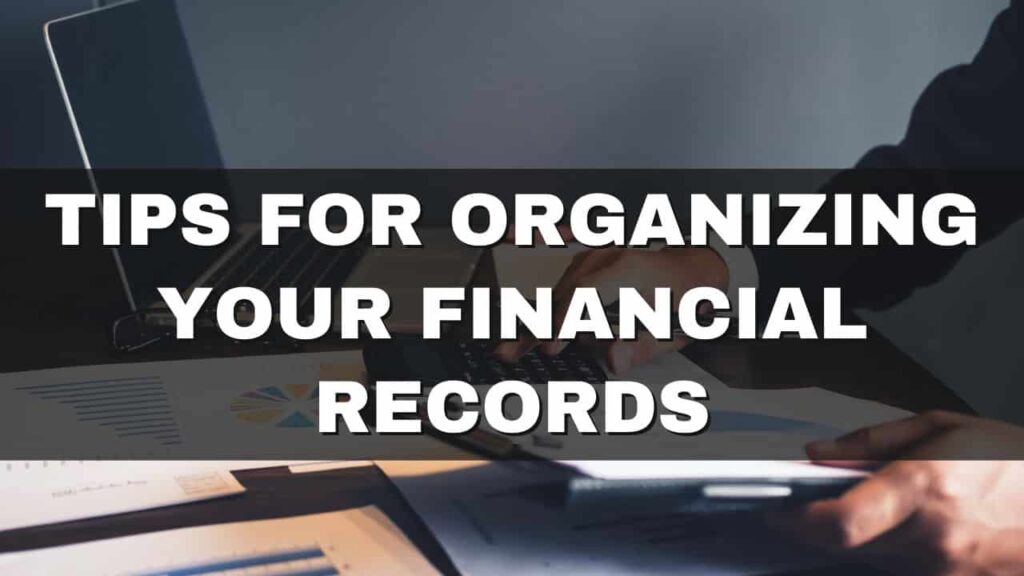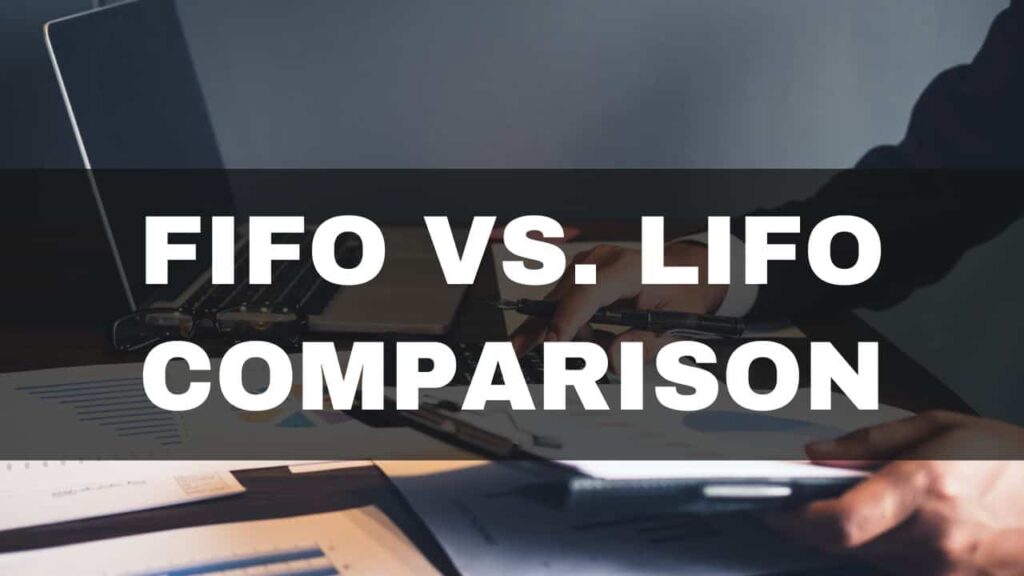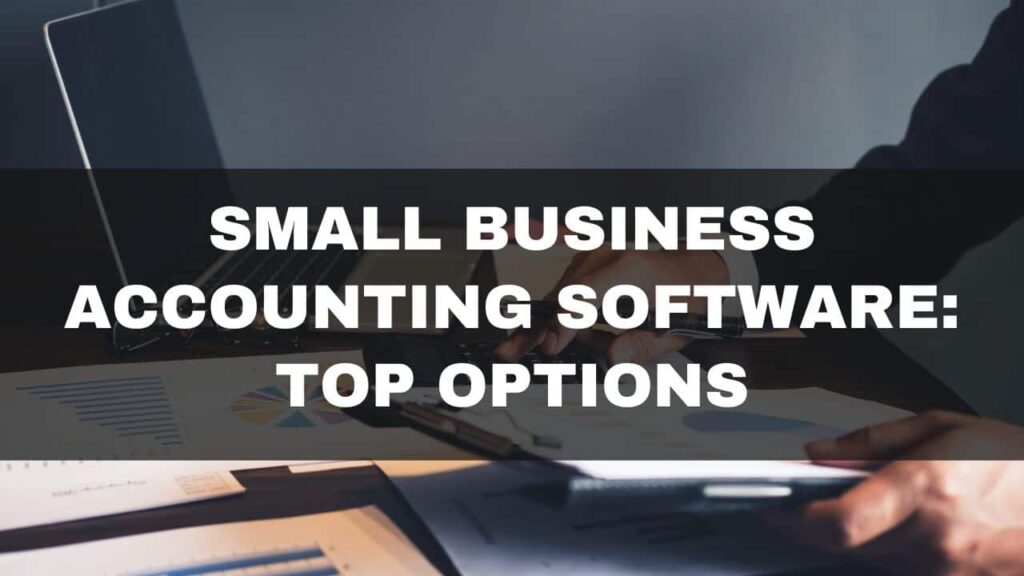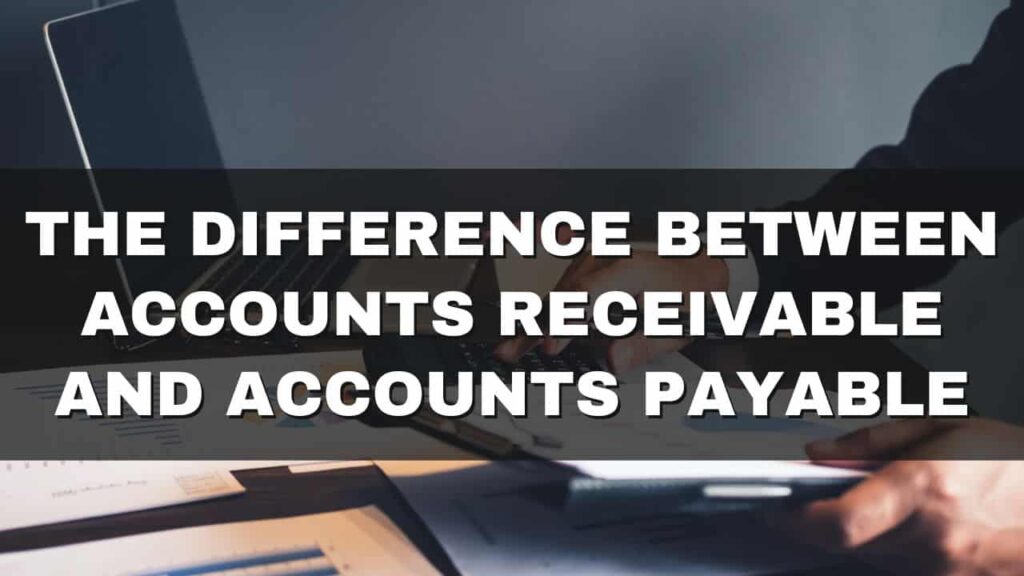Income Statement vs. Balance Sheet: Key Differences Explained
Understanding the financial health of a business involves dissecting various financial statements. Two primary documents, the income statement, and the balance sheet, play crucial roles in this process. While both offer valuable insights, they serve distinct purposes and focus on different aspects of a company’s finances. In this blog post, we’ll delve into the key differences between these two financial statements, providing you with a clear understanding of their functions and how they complement each other.
Income Statement: Unveiling a Company’s Performance Over Time
The income statement, also known as the profit and loss statement, is a dynamic financial report that summarizes a company’s revenues and expenses over a specific period. It provides a snapshot of a business’s ability to generate profits by increasing revenue, decreasing costs, or both. Here are the key components of an income statement:
1. Revenue (Sales): This section outlines the total amount of money earned through the sale of goods or services. It is the top-line figure that indicates the company’s primary source of income.
2. Cost of Goods Sold (COGS): COGS encompasses the direct costs associated with producing or delivering the goods or services being sold. It includes expenses like raw materials, labor, and manufacturing overhead.
3. Gross Profit: Calculated by subtracting COGS from revenue, gross profit represents the amount of money remaining after accounting for the costs directly related to producing the goods or services.
4. Operating Expenses: These are the costs incurred in the day-to-day operations of the business. They include items like rent, salaries, marketing expenses, and utilities.
5. Operating Income: Obtained by deducting operating expenses from gross profit, this figure reflects the profitability of the company’s core operations.
6. Other Income and Expenses: This section accounts for any additional sources of income or expenses that are not directly related to the primary operations of the business.
7. Net Income (Profit or Loss): By subtracting other income and expenses from operating income, you arrive at the net income, which indicates the overall profitability of the business.
Balance Sheet: A Snapshot of Financial Position at a Specific Point in Time
Unlike the income statement, which focuses on a specific period, the balance sheet provides a static view of a company’s financial position at a particular moment. It’s a vital document for assessing solvency, liquidity, and overall financial stability. Here are the key components of a balance sheet:
1. Assets: This section lists everything the company owns, including cash, accounts receivable, inventory, property, equipment, and investments. Assets are categorized into current (short-term) and non-current (long-term) assets.
2. Liabilities: Liabilities represent the company’s obligations to external parties. They include accounts payable, loans, mortgages, and other debts. Like assets, liabilities are categorized into current (due within a year) and non-current (due beyond a year) liabilities.
3. Owner’s Equity: Also known as shareholders’ equity, this section represents the residual interest in the assets of the entity after deducting liabilities. It includes items like retained earnings and common stock.
The Interplay between Income Statement and Balance Sheet
While the income statement and balance sheet focus on different aspects of a company’s financials, they are interrelated. The net income from the income statement, for example, flows into the owner’s equity section of the balance sheet, impacting the overall financial position.
Conclusion
In summary, the income statement and balance sheet serve distinct but complementary purposes in evaluating a company’s financial health. The income statement offers insights into a company’s revenue generation and expense management over a specific period, while the balance sheet provides a snapshot of its financial position at a given point in time. By analyzing both documents, stakeholders can gain a comprehensive understanding of a company’s overall financial performance and stability.
We also have:
What is a Balance Sheet in Accounting
For more click here and if you are looking for full forms of different acronyms and words then check out this list you really gonna find this helpful. We also have an Essay on every topic, Check the complete list here. If you are Studying in Matric Free Video Lectures of Maths, Physics and English are here, and we have got you covered for I.COM Business Maths also.

